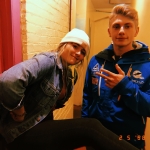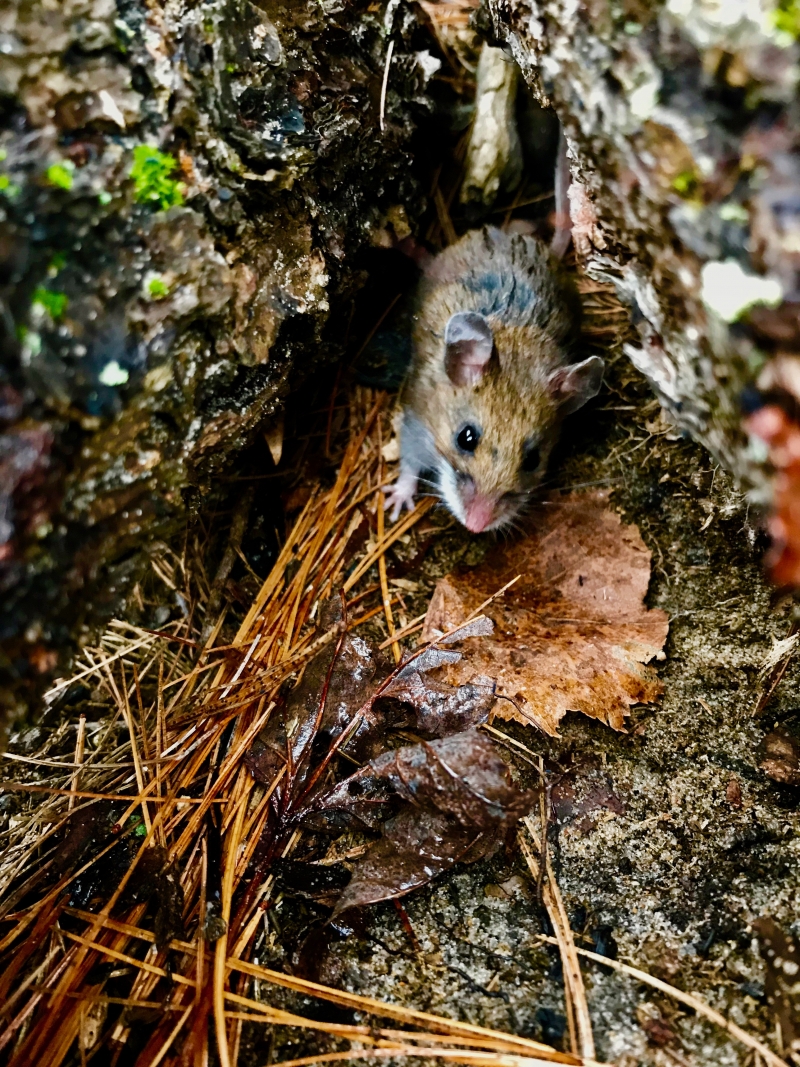
North Country explorer from Woodstock, VT
On this day we went to Lampson falls to observe animal tracks and other evidence of life left behind in the snow. Lampson falls is a forest trail that follows along the Grasse River, and this photo was taken next to the shore of the river in almost a wetland based habitat from water overflow. Mind you, in February, there is still supposed to be a decent amount of snow coverage. Today it was very humid, and rained heavily for many hours, exposing many tunnels in the snow that had once been covered. This is called a subnivian zone, the place between the top of a snow bank and the ground. The subnivian zone is used by smaller critters, like this mouse, to travel under the snow to get to their resources such as water and food, without having to worry about predators grabbing them during the winter. This little guy was not as lucky, as his camouflage under the snow was taken away by the rain, so a predator snatched him up. He fortunately got away, however his back legs were paralyzed, and has probably passed away by now, because he cannot run away fast enough anymore, or walk far enough to find food. What drew my attention to this image was the fact that this animal allowed me to come so close to it in order to take a picture. It rather saddened me, as I knew he would eventually pass on due to his pain. This image also gave a very clear example onto how global warming is very real, and that habitats built up in winter are effected greatly when warmer temperatures wash them away.

animal/close up
